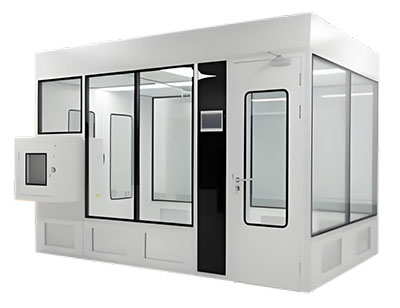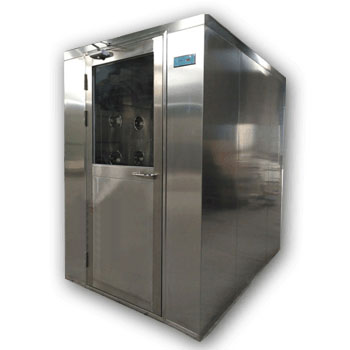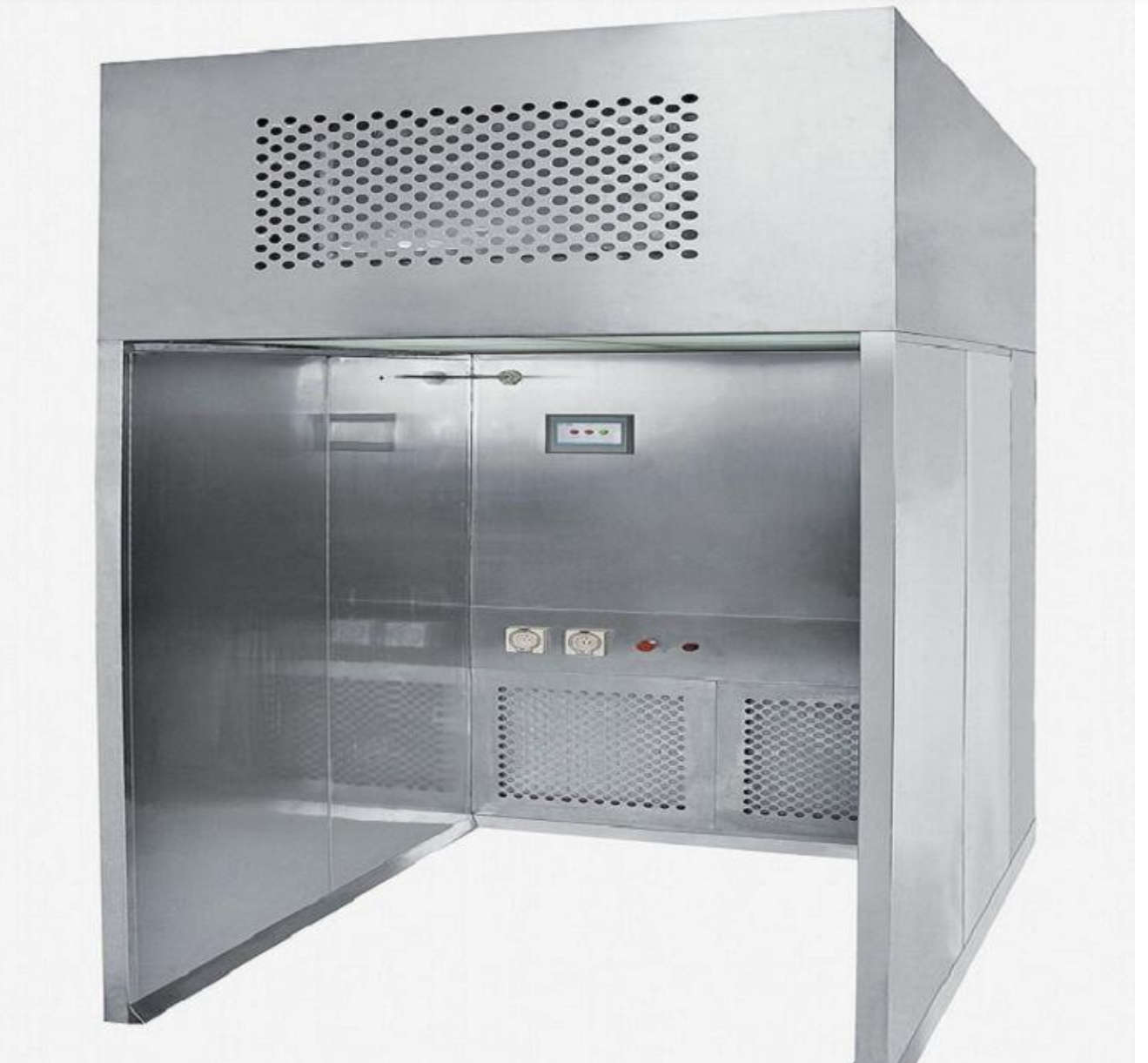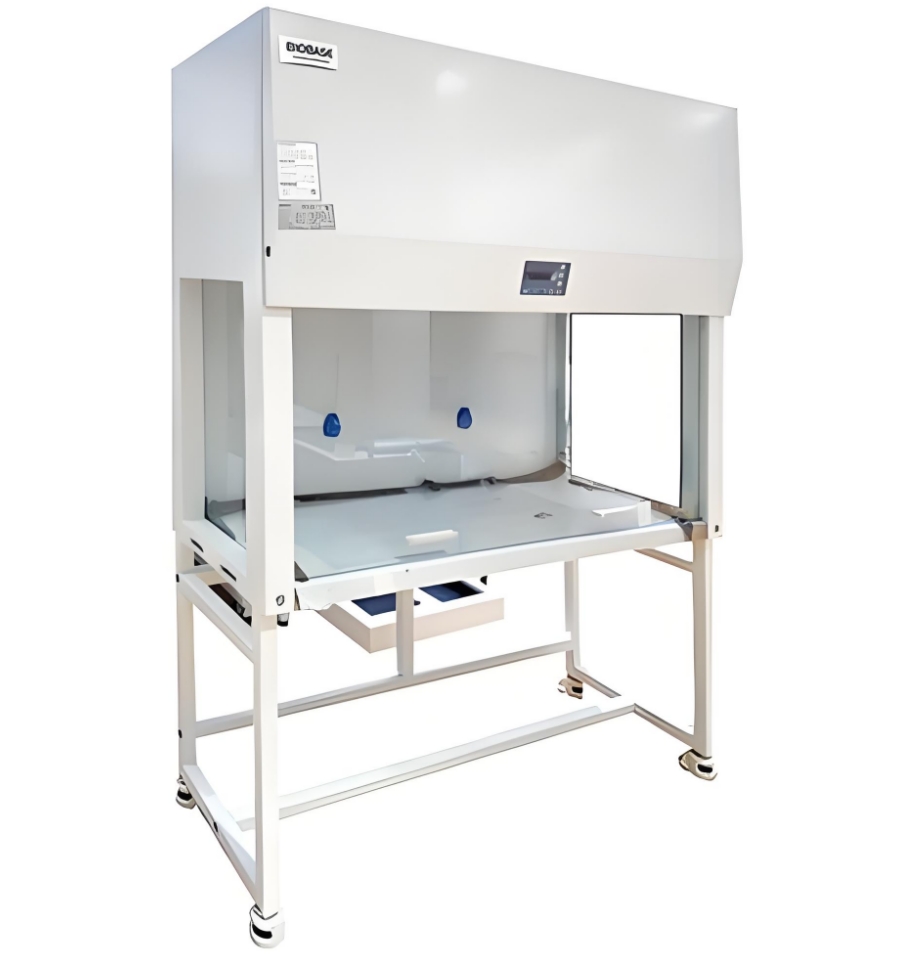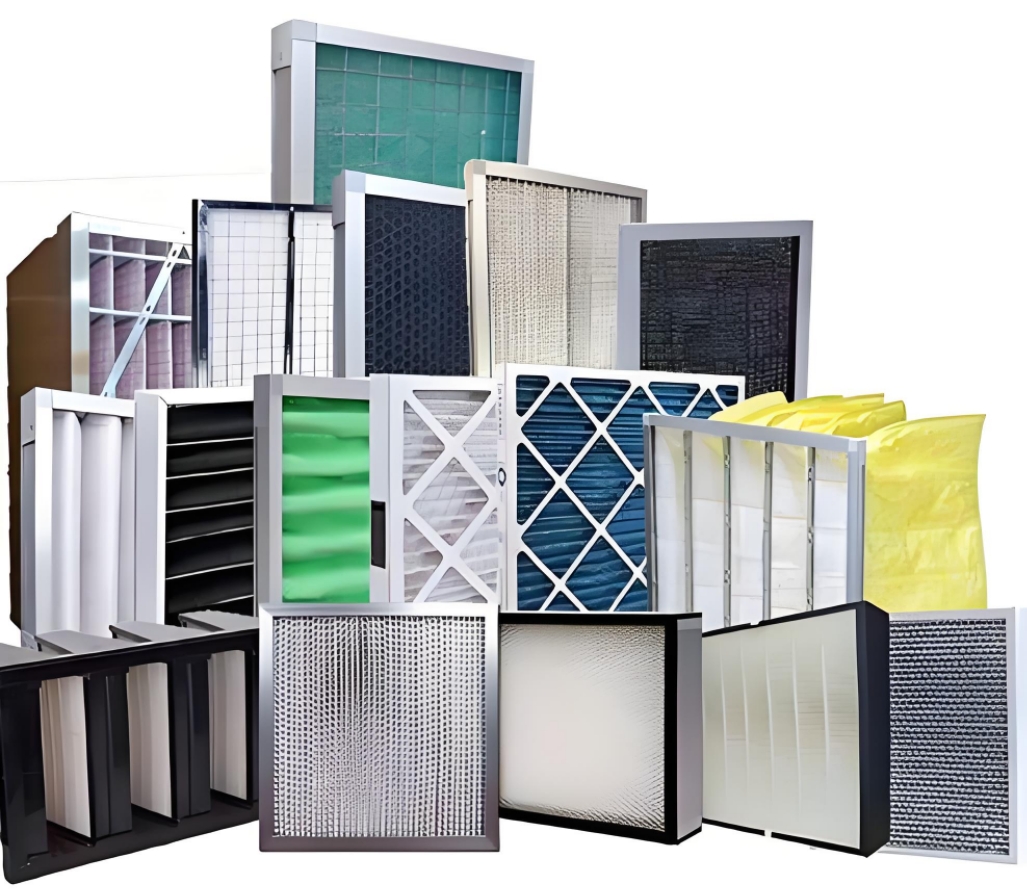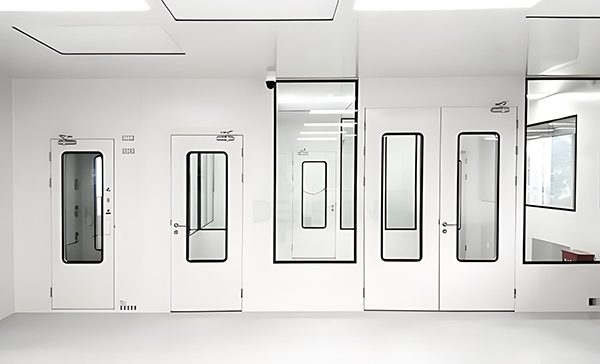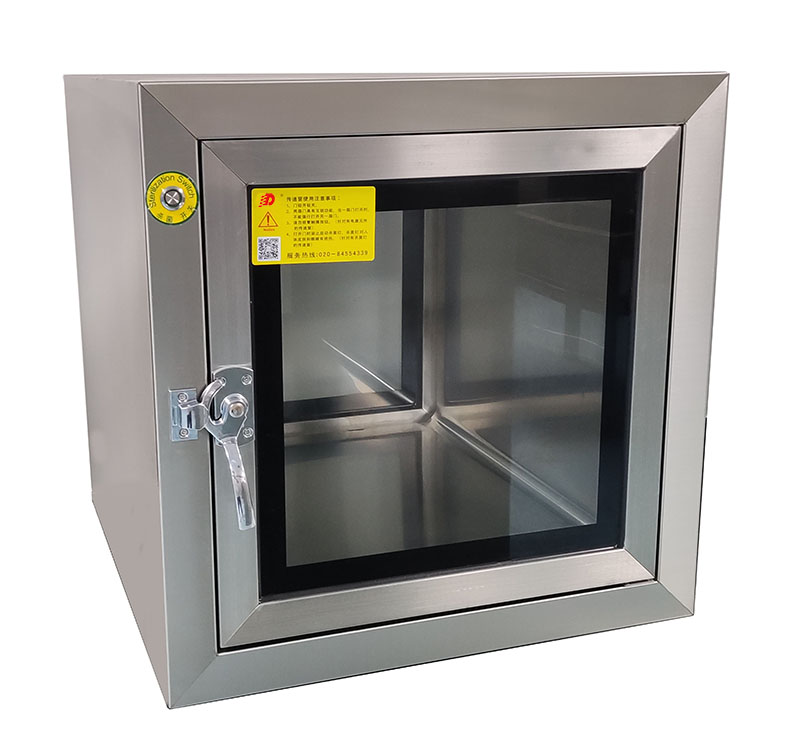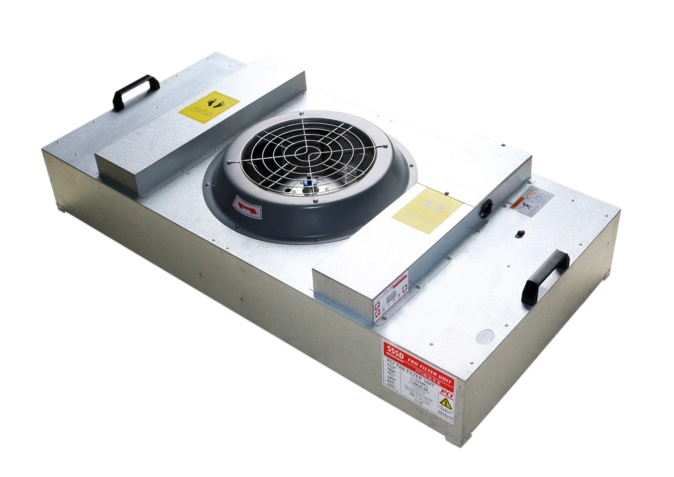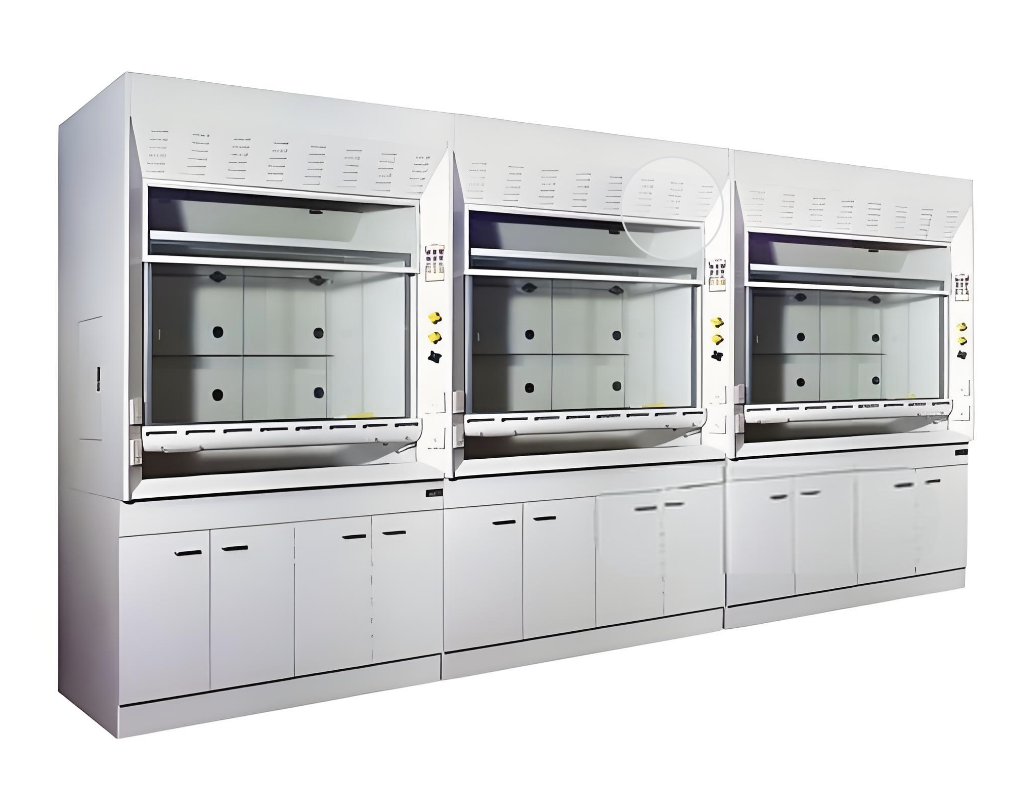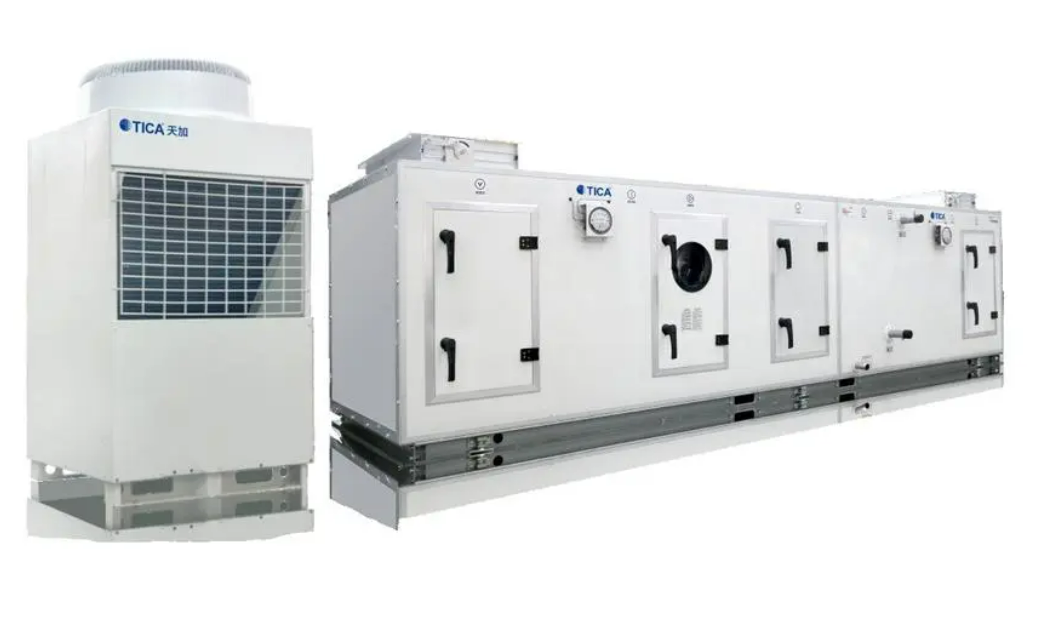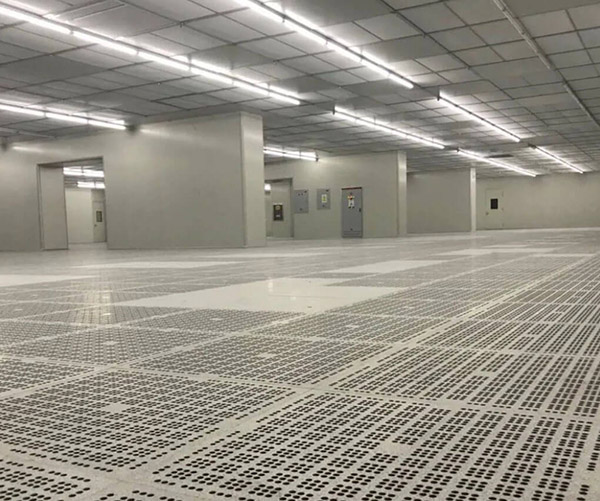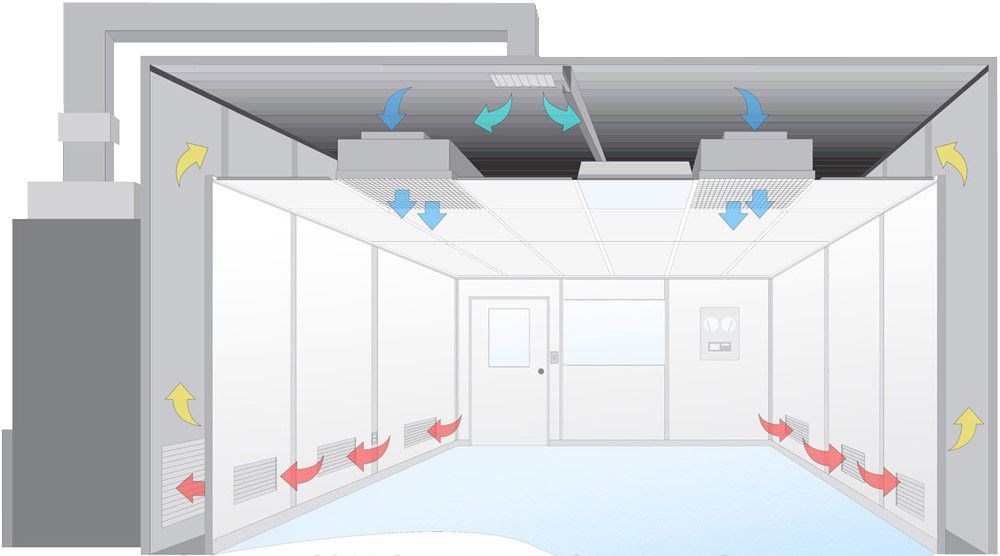Enhancements to ISO 14644: Advancements in Cleanroom Standards
The ISO 14644 suite of standards provides a critical framework for maintaining cleanroom environments across various industries.
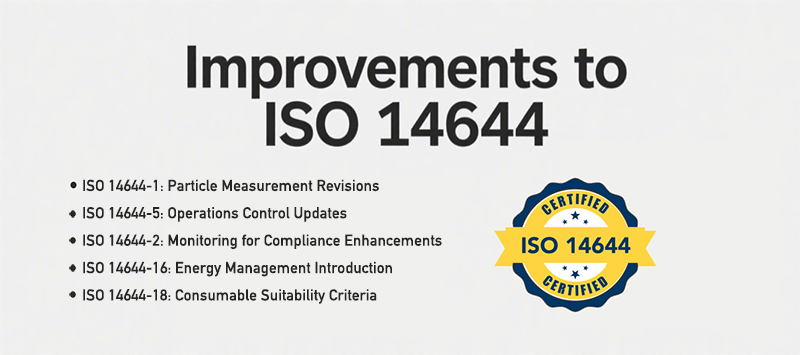
Modern cleanroom environment illustrating high-standard contamination control
ISO 14644-1: Particle Measurement Revisions
The updates to ISO 14644-1 have revolutionized how we measure and classify particles within cleanrooms, enhancing efficiency and accuracy.
- Improved Sampling Methods: Enhanced guidance for particle counter calibration offers greater confidence in assessing cleanroom performance. Notably, the revision eliminates the necessity for the 95% upper confidence limit (UCL) calculation in scenarios involving one to nine sample locations.
- Classification by Table: This revision introduces classification primarily via a table rather than solely relying on formulas. However, formulas remain in use for intermediate classifications where necessary, adding flexibility to cleanroom assessment.
- Flexible Sample Locations: Sample location flexibility is now permitted within a grid system, but specific guidance advises against placement directly beneath non-diffused HEPA filter supply terminals in non-unidirectional airflow cleanrooms. This adjustment improves the applicability and accuracy of particle sampling.
ISO 14644-5: Operations Control Updates
The operational aspect of cleanroom management has also seen significant updates, ensuring a comprehensive control over operations.
- Operations Control Programme (OCP): The introduction of a documented Operations Control Programme mandates comprehensive documentation covering material and personnel flow, cleaning, maintenance, monitoring, and entry/exit procedures.
- Alignment with ISO 14644-18: ISO 14644-5 now aligns with new parameters set by ISO 14644-18, which offers guidelines for assessing consumables, a crucial element in contamination control.
ISO 14644-2: Monitoring for Compliance Enhancements
Updates to ISO 14644-2 simplify and clarify the monitoring requirements for compliance, making it more accessible for cleanroom operators.
Simplified Guidance Tables: The revisions clarify monitoring frequency and interval guidelines and allow for extended intervals when employing automated monitoring systems, enhancing operational efficiency.
ISO 14644-16: Energy Management Introduction
Recognizing the increasing demand for energy efficiency, ISO 14644-16 provides guidelines for designing energy-efficient cleanrooms.
Energy-Efficient Design: This part provides methodologies for calculating optimal airflow, crucial for developing air diffusion and dilution strategies that minimize energy consumption without compromising air quality.
ISO 14644-18: Consumable Suitability Criteria
ISO 14644-18 establishes standardized criteria for assessing cleanroom consumables, ensuring they meet stringent contamination control requirements.
Standardized Consumable Assessment: The guidelines cover evaluating gloves, wipers, and garments based on particle counts, chemical contaminants, biocontamination, and functional performance, ensuring comprehensive contamination control.
The Long-Awaited Update to Cleanroom Operations Standards
Published in 2004, the initial ISO 14644-5 laid out basic requirements for cleanroom operations. Over time, as environments became more complex and regulated, the newer standards reflect the nuances of modern cleanroom operations, as noted by Deiiang Jason.peng.
Differences Between ISO 14644 and Other Standards
Understanding the distinctions between ISO 14644 and related standards like FED STD 209E, ISO 14698, and GMP Cleanrooms is crucial for selecting the appropriate level of regulatory compliance.
| Standard | Focus Area | Key Differences |
|---|---|---|
| ISO 14644 | General air cleanliness classification | Internationally recognized, flexible, applies to various industries |
| Fed STD 209E | Air cleanliness levels | Outdated, replaced by ISO 14644, less flexible |
| ISO 14698 | Biocontamination control | Focuses on microbial contamination, complementary to ISO 14644 |
| GMP Cleanrooms | Pharmaceutical manufacturing | Specific to pharmaceutical industry, the ISO 14644 has broader application |
Conclusion: Navigating Enhanced CleanRoom Standards
The improvements to ISO 14644 enhance the standard's applicability and reliability in maintaining cleanroom environments, supporting diverse industry needs. Deiiang™, with guidance from product designer Jason.peng, continues to integrate these standards into cutting-edge cleanroom solutions, ensuring that businesses meet compliance requirements and optimize operational integrity.
Common Questions and Solutions
Why is the new classification by table beneficial?
The table-based classification simplifies the process and enhances flexibility for cleanroom operators, reducing complexity in assessment.
How do these updates impact daily cleanroom operations?
They provide clearer guidelines, improve operational control, and align more closely with technological advancements, thereby enhancing overall efficiency.
Enhancements to ISO 14644: Advancements in Cleanroom Standards
 +86 18186671616
+86 18186671616 Jason@cleanroomequips.com
Jason@cleanroomequips.com
 MENU
MENU

